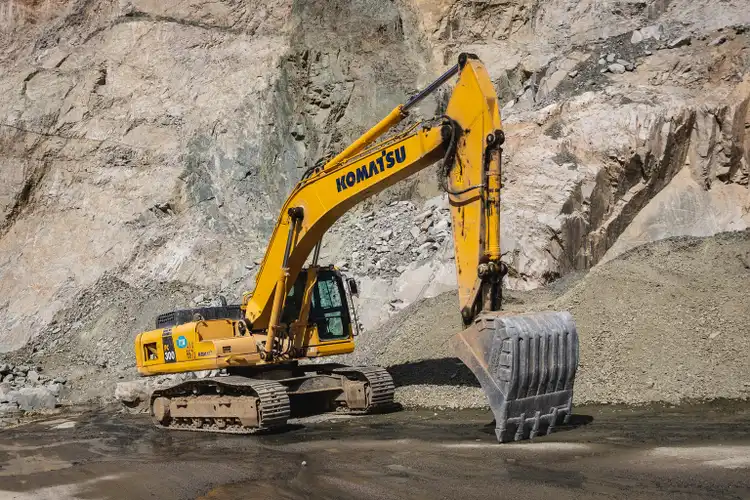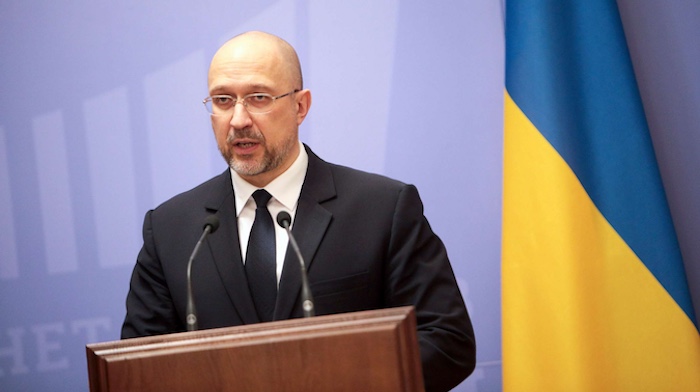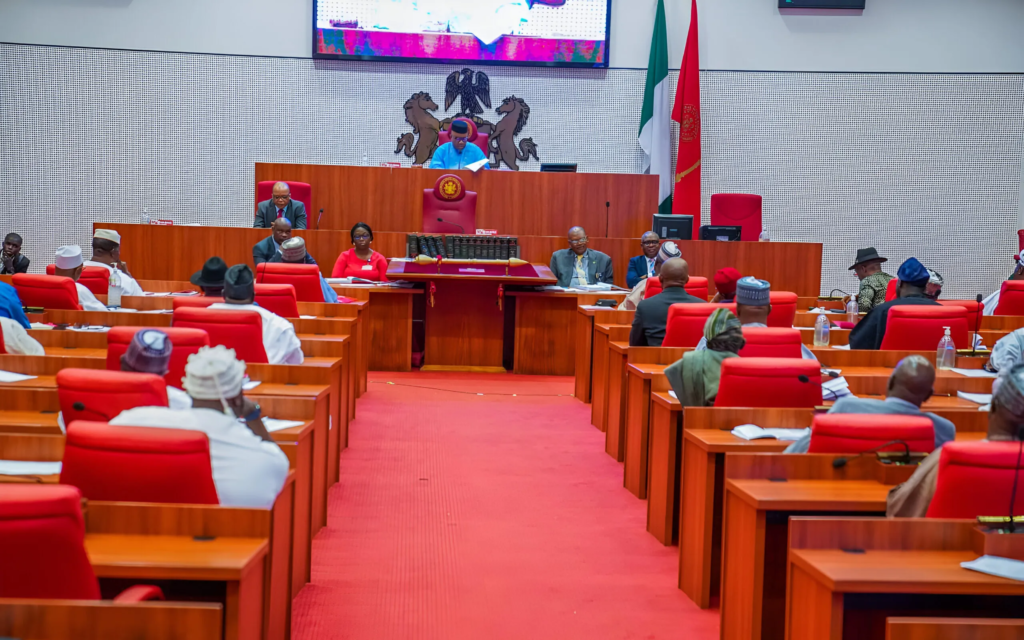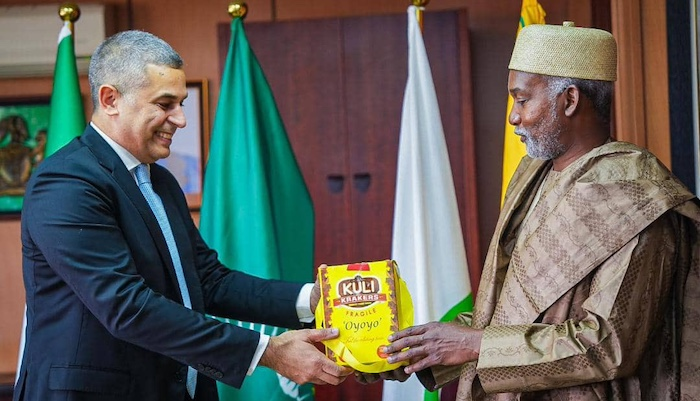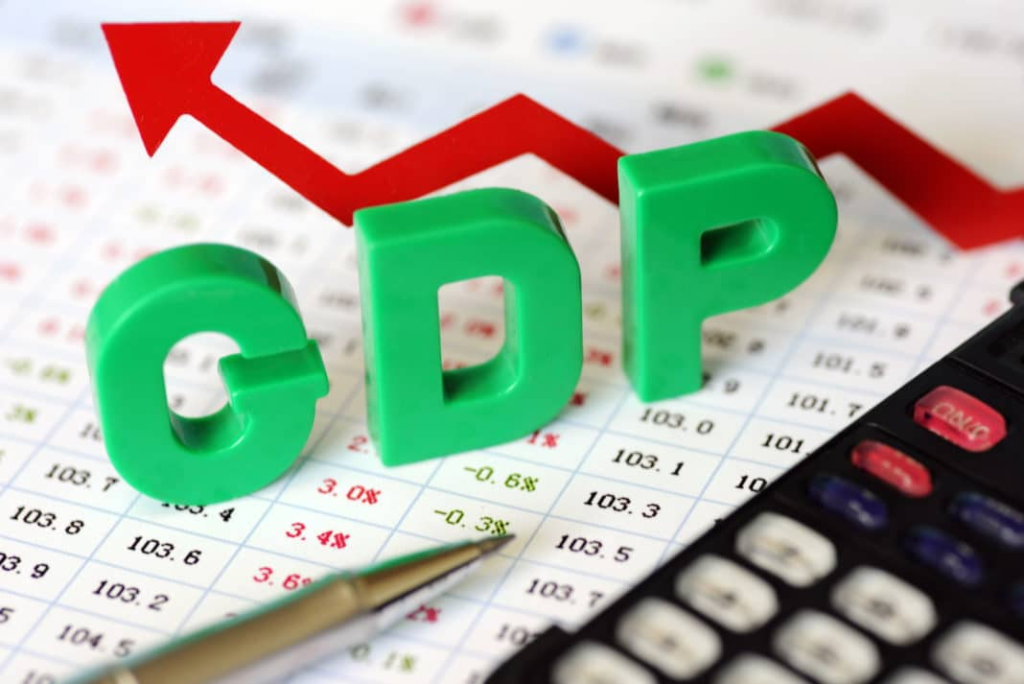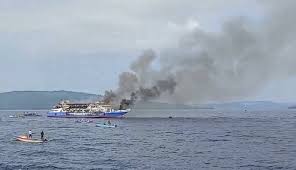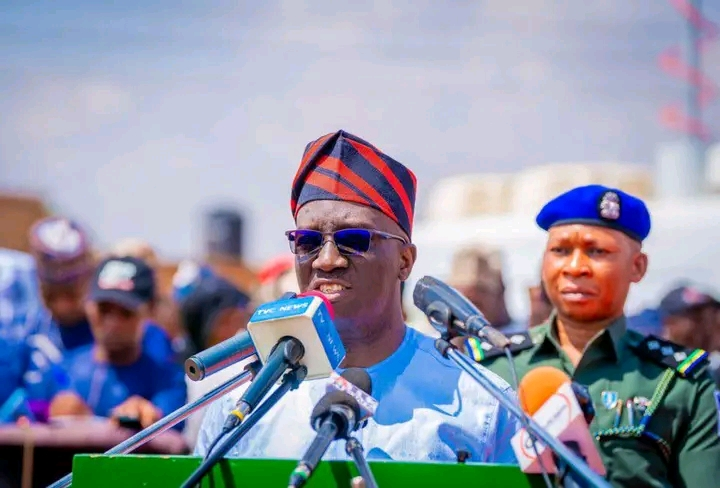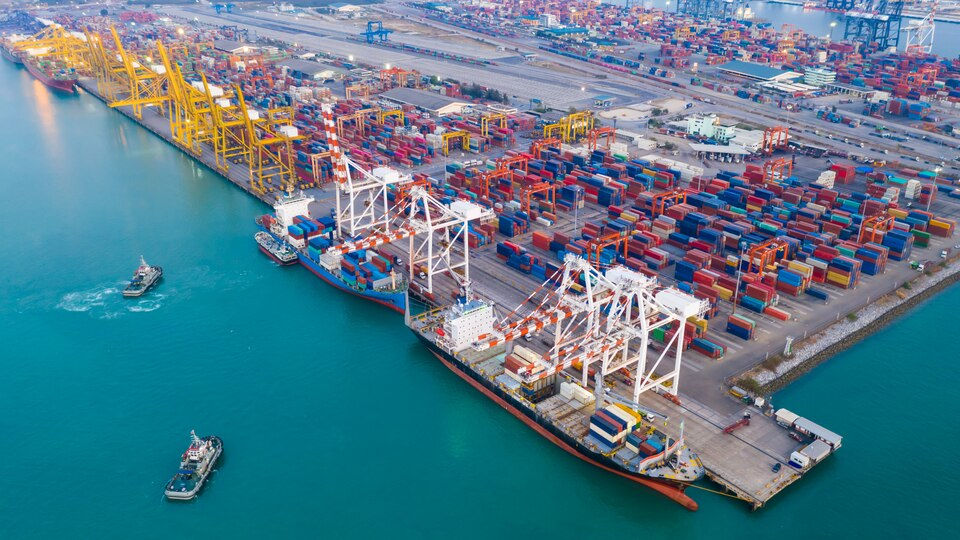Japanese machinery giant Komatsu may see a financial reprieve of up to 20 billion yen (approximately $140 million) following last week’s U.S.-China trade truce, its CEO said Wednesday—easing concerns over the company’s previously bleak profit forecast.
In an interview with Reuters, CEO Takuya Imayoshi said the 90-day suspension of additional U.S. tariffs on Chinese imports could significantly lessen the impact of trade tensions on Komatsu, which had earlier projected a 94.3 billion yen hit to earnings due to tariffs imposed by the Trump administration.
“With countries holding back on some retaliatory tariffs, the negative impact on our performance appears more limited than we initially feared,” Imayoshi noted.
Komatsu, which derives more than a quarter of its sales from North America, is particularly exposed to U.S. trade policy because it relies on Chinese steel for equipment assembled in the United States. The company had forecast a steep 27% decline in full-year operating profit, citing both tariffs and a strong yen, with earnings expected to drop to 478 billion yen by March 2026. That figure is well below the 597.5 billion yen median estimate from analysts polled by LSEG, which forecast a more modest 9% year-on-year decline.
While Komatsu has not formally revised its earnings guidance, the anticipated tariff relief could improve the company’s outlook. Imayoshi cautioned, however, that some products sold in the U.S.—including machines manufactured in Japan, Brazil, and Thailand—are still subject to higher duties. “If tariff rates are adjusted between countries, we expect the total impact will remain within our existing forecast,” he said.
To reduce tariff exposure further, Komatsu is exploring operational shifts, such as redirecting spare parts away from U.S. warehouses to Canada and Latin America. It is also considering relocating the production of certain U.S.-bound machinery from China to Thailand, should tariffs resume after the truce period ends.
Despite pressure to ramp up domestic U.S. production, Imayoshi ruled out expanding operations in America due to prohibitively high steel prices. “Manufacturing in the U.S. is not cost-competitive when domestic steel prices are more than twice those in China,” he explained.
Komatsu’s main rival, Caterpillar, is facing similar headwinds. The U.S.-based firm recently projected additional tariff-related costs of $250 million to $350 million for the April–June quarter. While Caterpillar shares have slipped 4.8% year-to-date, Komatsu stock is up 1.5%, buoyed in part by optimism over the easing of trade friction.
Imayoshi said Komatsu will be closely monitoring how competitors respond—particularly in terms of pricing strategies—as companies decide whether to absorb costs or pass them along to customers.

